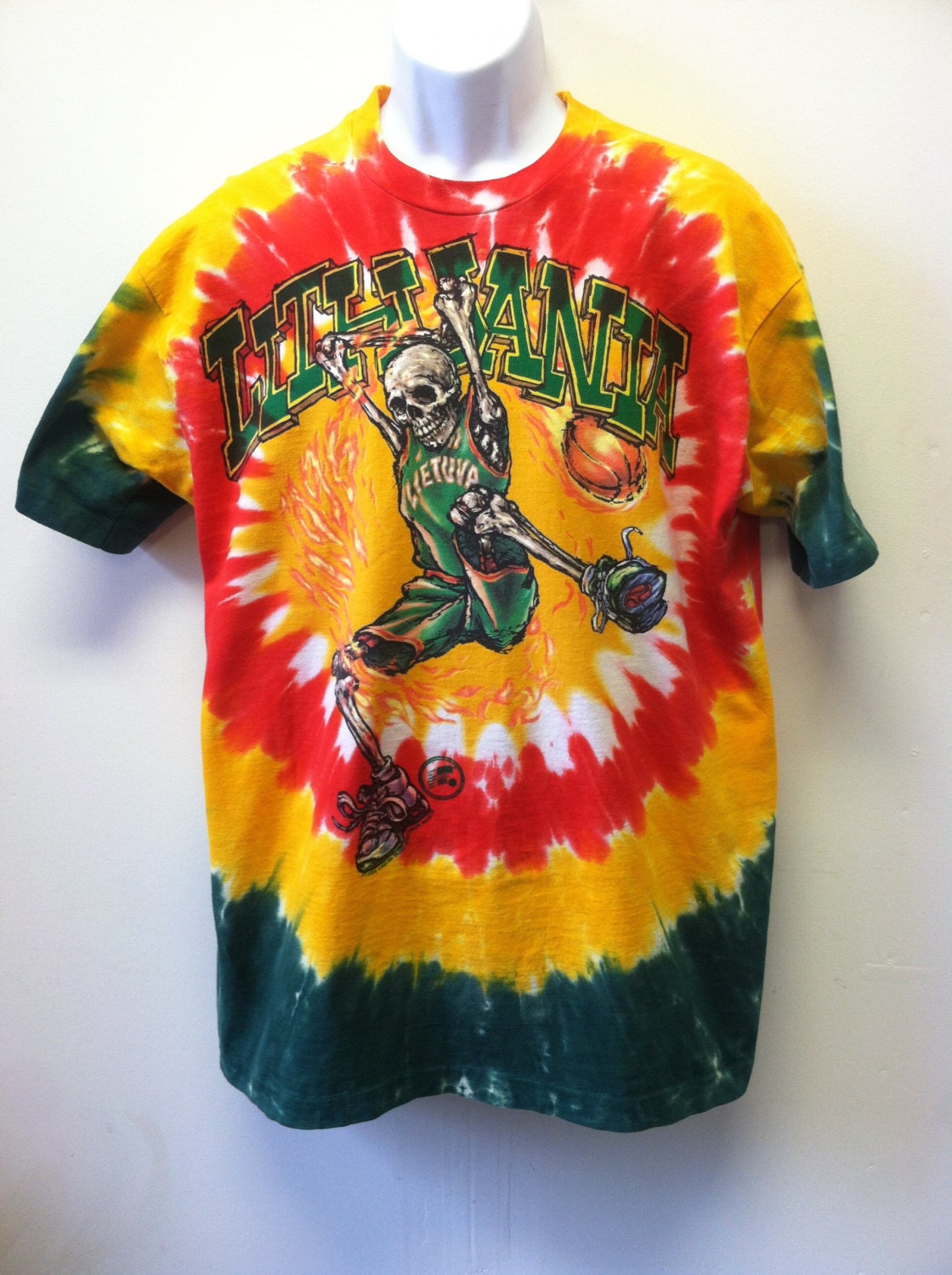



They not only cut a large check, but they had their designer send over Grateful Dead-inspired warmups. The Dead, who are all about freedom and celebration, took immediate action. Grateful Dead public relations manager Dennis McNally caught wind of the article and showed it to the band. It wasn’t gaining much traction until a local sports writer, George Shirk, wrote a piece about the situation in the San Francisco Chronicle. Players were desperate to make the trip to Barcelona, and Marciulionis’ Golden State coach wanted to help.ĭonnie Nelson, who spent a few years in the USSR scouting the two NBA talents, started a grass-roots fundraiser in the San Francisco Bay area. Even though the team was talented, the nation had been independent for less than 10 months when the Olympics were scheduled to begin, and it did not have any money to support a national basketball team. The point is that the 1992 Lithuanian team had some legitimate players after the Soviet hammer and sickle flag was lowered for the last time on Christmas Day in 1991. Sabonis eventually joined the NBA in 1995. After the Games, the Golden State Warriors were successful in picking up Sabonis’ teammate, Sarunas Marciulionis. Officials behind the iron curtain in the USSR would not let him go. You work together as a team, but at the same time have the freedom to excel as an individual within that team.Two years prior, in 1988, the Atlanta Hawks and Portland Trail Blazers both tried to draft the 7-foot-3 Lithuanian center Arydas Sabonis, who played on the gold medal team that took down the Americans.
Lithuania grateful dead basketball free#
The lesson we and the Lithuanians understand is that we have the freedom to succeed or fail independently as individuals and benefit from the fruits of our labor and flourish in our free enterprise system without an oppressive hand being over us. The feeling of pride and energy was channeled through the image. "The really symbolizes a spirit of freedom to me, and winning the bronze medal was not only a victory in sports but also symbolized a triumph over communism itself," Speirs recalled. In high spirits, the Lithuanian team hit the courts with a renewed sense of motivation, which they translated into a bronze medal win. They arrived at the medal ceremony dressed head to toe in tie-dye. They ended up wearing them to bed, to practice, everywhere." "After all those years of those Soviet colors (in daily life), nothing but blues and grays," Nelson said in a 1996 interview, remembering the excitement of the players, "the guys went nuts for those shirts. Even after the shirts were given to the players, sales continued and the remaining profits, $450,000, was also donated to the team, as well as several Lithuanian charities.
Lithuania grateful dead basketball series#
Greg Speirs, an artist from New York, had also heard of the team's financial struggles and, taking inspiration from the Dead's own imagery, personally designed a series of tie-dye shirts using the colors of the Lithuanian flag and and a slam-dunking skeleton emblazoned across the front. He showed it to the band members, who took sympathy and swiftly cut the team a $5,000 check so they would be able to participate in the games, along with a box of tie-dye shirts.īut the generosity didn't stop there. To raise money, Sarunas Marciulionis, a Lithuanian native who was then playing for the Golden State Warriors, and assistant coach Donnie Nelson launched a small, local fundraiser in the San Francisco Bay area, where a newspaper article about their plight caught the attention of the Dead's publicist, Dennis McNally. In the aftermath of their break from the Soviet Union in 1990, the country of Lithuania was finally free, but strapped for cash, and that included funds for Olympic teams to travel to Barcelona for the 1992 Games. There was no mistaking the Lithuanian basketball team at the 1992 Olympic Games - they could easily be spotted wearing their bright tye-die uniforms with an image of a slam-dunking skeleton across the front. The explanation for the one-of-a-kind design could be traced back to a generous New York City design artist and the reigning experts on tie-dye themselves: the Grateful Dead.


 0 kommentar(er)
0 kommentar(er)
